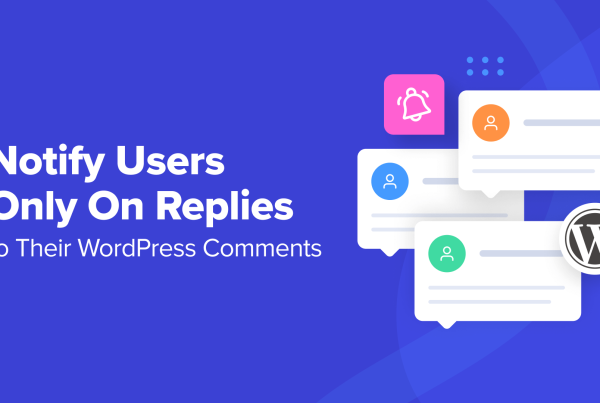? Winner
In terms of the ecommerce features available, Shopify and BigCommerce are extremely similar. BigCommerce has some additional customization options for products, while Shopify has a more robust gift card functionality. Mostly, however, the winner comes down to personal preference. I find the Shopify product/discount management systems easier to use, making it my personal winner, but you might feel differently.
Shopify vs BigCommerce: PRICING ?
Shopify
Shopify offers three main plans:
- Basic Shopify. Available for $29/month. This is the plan discussed in the FEATURES area of this article. It includes the full store builder and template library with two staff members, discount and gift card creation, abandoned cart recovery, fraud analysis, compatibility with 130+ currencies, shipping tools and discounts, and access to Shopify POS Lite. Transaction fees are 2.9% + $0.30 for online credit card purchases, 2.7% + $0 for in-person purchases, and 2.0% when not using Shopify Payments.
- Shopify. Available for $79/month. This plan includes everything from Basic Shopify, but for up to five staff members + reporting, international domains, and international pricing. Transaction fees are 2.6% + $0.30 for online credit card purchases, 2.5% + $0 for in-person purchases, and 1.0% when not using Shopify Payments.
- Advanced Shopify. Available for $299/month. This plan includes everything from the Shopify plan, but for up to 15 staff members + advanced reporting, third-party calculated shipping rates, and international pricing. Transaction fees are 2.4% + $0.30 for online credit card purchases, 2.5% + $0 for in-person purchases, and 0.5% when not using Shopify Payments.
Note that North American businesses that use Shopify can also take advantage of significant discounts ranging from 45-55% in Canada and 77-88% in the US. These discounts are provided through Canada Post and the United States Post Office, respectively. International users will want to check their local Shopify page for relevant discounts.
Shopify Lite
Users who already have a blog or website can take advantage of Shopify Lite, a $9/month plan that lets you set up product displays and accept credit card payments on your own site.
BigCommerce
BigCommerce offers three Essentials plans:
- Standard. Available for $29.95/month. This is the plan discussed in the FEATURES section of this article. It includes access to the full store builder with discount tools, no transaction fees, unlimited staff members, a variety of sales channels, professional reporting, abandoned cart recovery, and real-time shipping quotes. There is also an income limit of $50,000/year. Once you reach that threshold, you must switch to the next plan.
- Plus. Available for $79.95/month. This plan includes everything from the Standard plan + more marketing and segmentation tools. There is an income limit of $180K/year. After that, you must upgrade to the next plan.
- Pro. Available for $299.95/month. This plan includes everything from the Plus plan + product filtering, price lists, and API support. There is an income limit of $400,000/year. Once you hit that threshold, you’ll be forced to switch to BigCommerce’s Enterprise solutions.
BigCommerce doesn’t offer any equivalent to Shopify Lite.
? Winner
This is another area where it’s hard to pick a distinct winner in the debate of Shopify vs BigCommerce. The monthly payments for each platform are roughly the same, but the fine print complicates things. Shopify’s transaction fees could mean that running it costs more than BigCommerce, but that seems to be largely offset by shipping discounts, at least in North America. And BigCommerce will actually force you to upgrade after a certain amount of growth, which means it will automatically become more expensive in the long run.
In the end, most users who sell physical products in North America can save money by using Shopify and being strategic with the shipping discounts. Users who sell predominantly digital products or who live outside of North America may find BigCommerce to be more effective.
Shopify vs BigCommerce: THE VERDICT ?
For the most part, Shopify and BigCommerce are similar platforms. Each solution is heavily focused on ecommerce, providing tools for shipping and increasing sales, and various types of marketing campaigns. Even the pricing is quite similar. So how do you choose a winner?
Well, it comes down mostly to individual preference. For me, Shopify is a more intuitive system with more customization options and less clutter. I’m also Canadian, so I can take advantage of those hefty shipping discounts, which puts me firmly in the Shopify camp! However, you might find that your process is better served by BigCommerce. And, if you can’t get discounts from Shopify, BigCommerce will be more affordable thanks to the lack of transaction fees.
Still not sure of the right tool for you? Check out this table comparing Shopify vs BigCommerce:












